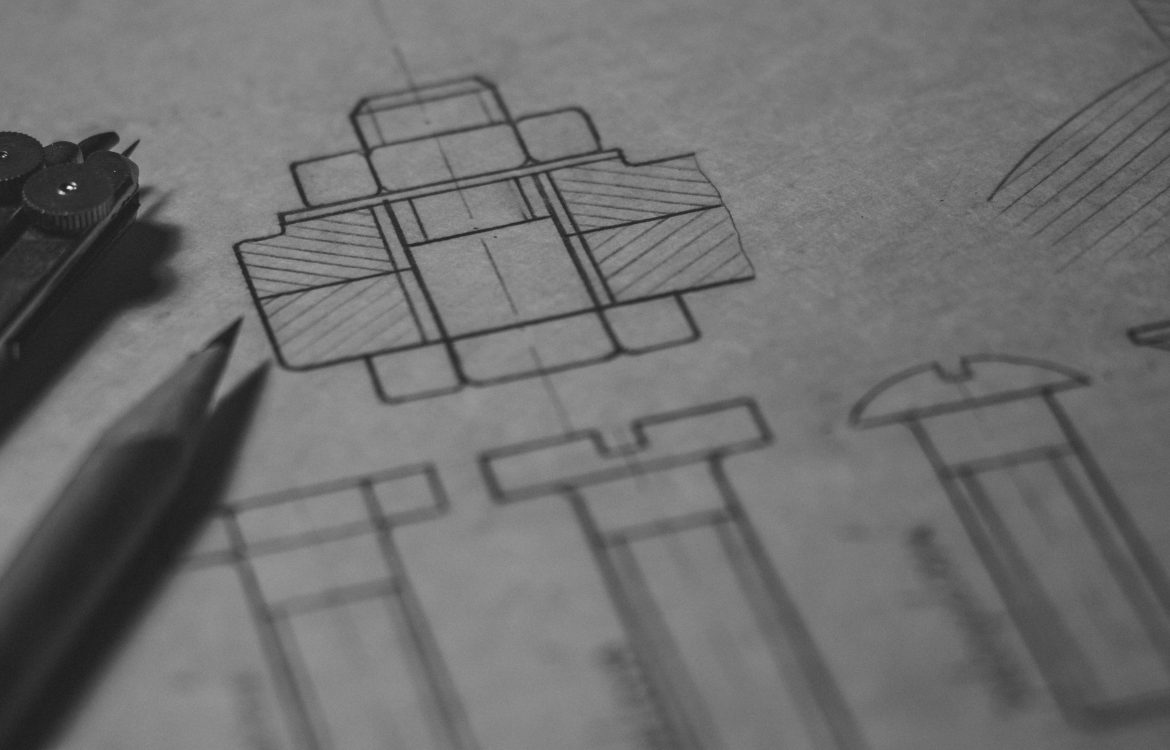
Engineering Design
WHAT DO STUDENTS LEARN IN ENGINEERING PROGRAMMABLE SYSTEMS IN KEY STAGE 4?
The OCR Level 1/Level 2 Cambridge National in Engineering Design is aimed at students
aged 14-16 and will develop knowledge, understanding and practical skills that would be
used in the engineering design and development sector. You may be interested in this if you want an engaging qualification where you will use what you learn in practical, real-life situations, such as:
- Using both 2D and 3D engineering design techniques
- Designing new products to meet a design brief
- Communicating engineering design ideas.
This will help you to develop independence and confidence in using skills that would be relevant to the engineering design and development sector. The qualification will also help you to develop learning and skills that can be used in other life and work situations, such as:
- Completing research to inform engineering design ideas
- Solving problems by exploring different engineering design options
- Finding imaginative solutions through creative thinking.
HOW WILL STUDENTS LEARN IN THIS COURSE INCLUDING HOME LEARNING?
Students learn through a mixture of practical and theory tasks. Students design, make and test circuits in a variety of ways. ICT is used frequently to aid learning and carry out some of the practical tasks. Home learning tasks are typically Microsoft Quizzes that help to consolidate the learning undertaken in class.
HOW ARE STUDENTS ASSESSED IN THIS COURSE?
All results are awarded on the following scale:
Level 2 – Distinction* (*2), Distinction (D2), Merit (M2), Pass (P2)
Level 1 – Distinction (D1), Merit (M1), Pass (P1) and Fail/Unclassified
| Unit R038: Principles of engineering design (Exam) | |
| 48 GLH
1 hour 15 minute written examination 70 marks (80 UMS) OCR-set and marked Calculators are allowed in this exam |
This question paper has two parts:
Part A – includes 10 multiple choice questions (MCQs) Part B – includes short answer questions and extended response questions. One extended response question will be assessed using a levels of response mark scheme.
|
| Unit R039: Communicating designs | |
| 36 GLH
OCR-set assignment 60 marks (60 UMS) Centre-assessed and OCR moderated |
This set assignment contains 4 practical tasks.
It should take approximately 10-12 GLH to complete. |
| Unit R040: Design evaluation and modelling | |
| 36 GLH
OCR-set assignment 60 marks (60 UMS) Centre-assessed and OCR moderated |
This set assignment contains 6 practical tasks.
It should take approximately 10-12 GLH to complete. |
WHAT IS THE LEARNING SEQUENCE?
You will study the key aspects of engineering design and have opportunity to learn through a wide range of practical experiences.
This will involve you studying three mandatory units:
R038: Principles of engineering design
This is assessed by an exam. In this unit you will learn about the design process,
and all the stages that are involved. Topics include:
o Designing processes
o Designing requirements
o Communicating design outcomes
o Evaluating design ideas
R039: Communicating designs
This is assessed by a set assignment. In this unit you will learn how to use sketching and
engineering drawings to communicate your ideas.
Topics include:
o Manual production of freehand sketches
o Manual production of engineering drawings
o Use of computer aided design (CAD)
R040: Design, evaluation and modelling
This is assessed by a set assignment. In this unit you will learn how to create and test
models of your design. Topics include:
o Product evaluation
o Modelling design ideas
WHAT QUALIFICATION IS GAINED FROM WHICH EXAM BOARD?
OCR National Level 1 or 2
LINK TO EXAM BOARD SPECIFICATION
OCR Level 1/Level 2 Cambridge National in Engineering Design specification
HOW IS IT GRADED?
Grades available are Level 1 Pass (1), L1 Merit (2) Level 1 Distinction (3), Level 2 Pass (4), Level 2 Merit (5.5), Level 2 Distinction (7) Level 2 Distinction* (8.5)
GCSE grade equivalents in brackets
WHAT FURTHER EDUCATION AND/OR CAREERS CAN THIS QUALIFICATION LEAD TO?
Students can progress to study Btec Level 3 Engineering or A Level Product design in our 6th form. This can then lead to numerous design or engineering careers, including apprenticeships. To read further about engineering careers click on this link.
Students who wish to leave school at 16 must continue in their education until they are 18. Local colleges provide courses such as electrical and electronic engineering to name a few.
Apprenticeships are also a great option for school leavers. Engineering in the local area continues to be a major provider of employment. Companies such as Rolls Royce, Toyota, Marstons, Bombardier, Nestle and JCB all take on apprentices each year as well as the many smaller engineering firms in the local area.
